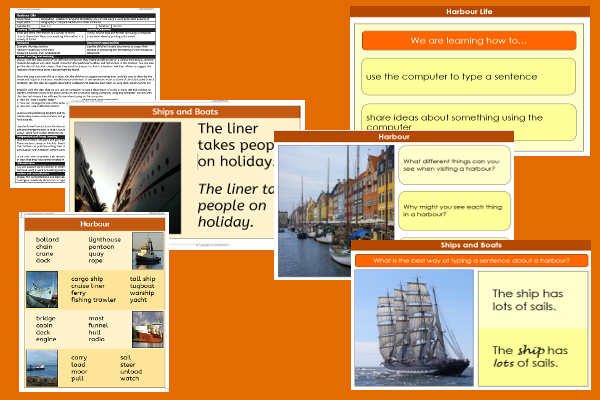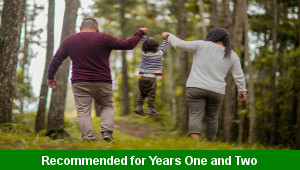Lesson Six – Harbour Life

This computing teaching pack for Key Stage One gets the children to practise typing and formatting lines of text using a word processed document to describe some of the special things that can be seen when visiting a harbour location.
The class can select and type sentences to describe events and experiences that can happen in a harbour such as boarding a cruise liner or unloading a cargo ship.
Download this teaching pack including a lesson plan, classroom activities and an interactive presentation to practise typing and formatting lines of text using a word processed document to describe some of the special things that can be seen when visiting a harbour location
Activities in this teaching pack include display posters to explain how to compose sentences to describe some things that can be seen in a harbour and a vocabulary word bank to compose and type sentences to describe some of the different ships and boats moored in a harbour location.
The interactive presentation can be used to explore how to type and format lines of text using a word processed document to describe things seen in a harbour location.
This lesson is part of a computing scheme of work to get the children to practise structuring and formatting different word processed documents to describe a range of ships and boats seen in a harbour. There are teaching activities for shared learning, differentiated worksheets to support independent learning and interactive presentations to introduce concepts and key skills.
-

Maths Measurement Assessment
Assess abilities in estimating, measuring and comparing a range of different measurements for length, mass and capacity
-

Family Life
Investigate and reflect on some of the special events and experiences that might happen in the life of a family
-

Final Sounds Word Guess
Practise playing some guessing and matching games to identify the spelling and meaning of words with different final sounds
-

Building Reports
Explore how to collect facts and information to work with when composing and presenting non-chronological reports about buildings that can be found in the local area
